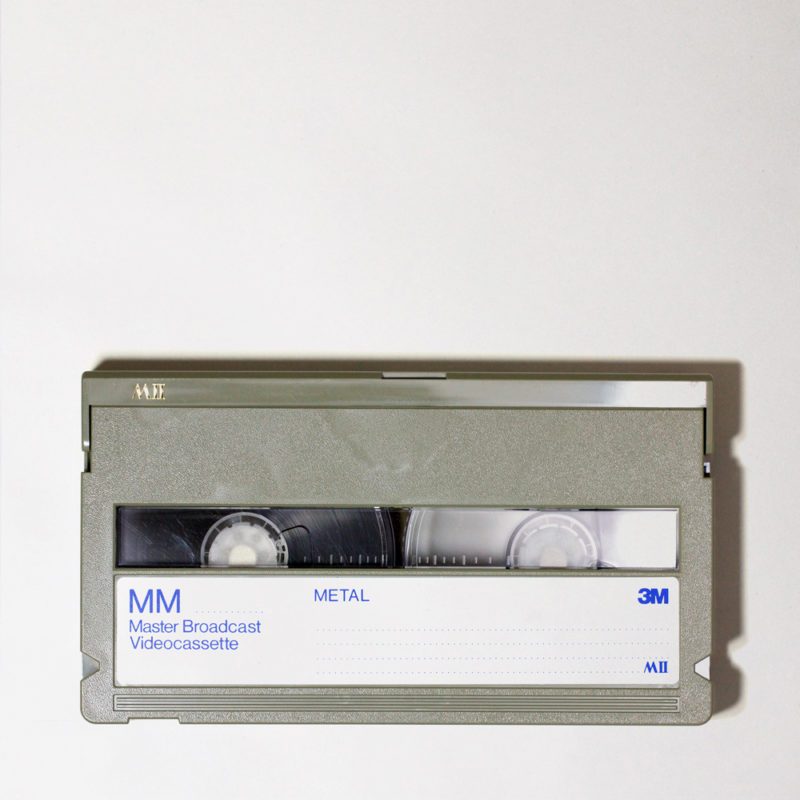introduction to MII video cassette transfer
MII was a professional analogue recording video cassette format developed by Panasonic in 1986, utilising component video recording on metal-formulated tape. There were 2 sizes of MII cassette produced, and at Greatbear we digitise both.
We offer a range of delivery formats for our video transfers. We use the International Association of Sound & Audiovisual Archives Guidelines for the Preservation of Video Recordings, delivering FFV1 lossless files or 10-bit uncompressed video files in .mkv or .mov containers. We create viewing files as H264 encoded .mp4 files or DVD. We can deliver any other digital video files, according to your needs.
We can provide the appropriately-sized USB delivery media for your files, or use media supplied by you, or deliver your files online. Files delivered on hard drive can be for any operating system MacOS, Windows or GNU/Linux and filesystems (HFS+, NTFS or EXT3).
MII video cassette recordings can vary both in duration and in the extent of physical tape degradation, so we always assess tapes before confirming the price of a transfer.
We offer free assessments - please contact us to discuss your project.
For an introduction to our assessment and treatment processes, please see our guide to "what happens to your video tape".
MII video machines
Panasonic AU-W35H
Panasonic AU-750 MII
MII format variation
| video standard | small MII cassette size supported | large MII cassette size supported | linear audio track supported | FM audio track supported | PCM audio track supported | preservation of LTC and VITC timecode supported |
|---|---|---|---|---|---|---|
| PAL | ✓ | ✓ | ✓ | ✓ | x | ✓ |
| NTSC | ✓ | ✓ | ✓ | ✓ | x | ✓ |
Scroll to the right to view full table on smaller screens.
MII video tape risks & vulnerabilities
MII tape was produced on thin base-film, meaning that it is particularly vulnerable to deformation and tearing.
During its time of use in news broadcasting, MII set-ups were notorious for misbehaving at high humidity, being prone to stiction and seizing.
MII video recording history
The MII video format was developed by Panasonic in 1986 to compete with Sony's Betacam SP format. It was built upon the unsuccessful Matsushita / RCA 'M' format (1982).
Although some news broadcasters used MII (in the late 1980s and early '90s it was used by three ITV franchisees: Thames Television; Anglia Television and TV-am), poor service and repair support for the machines was the mostly likely cause of its early demise.
